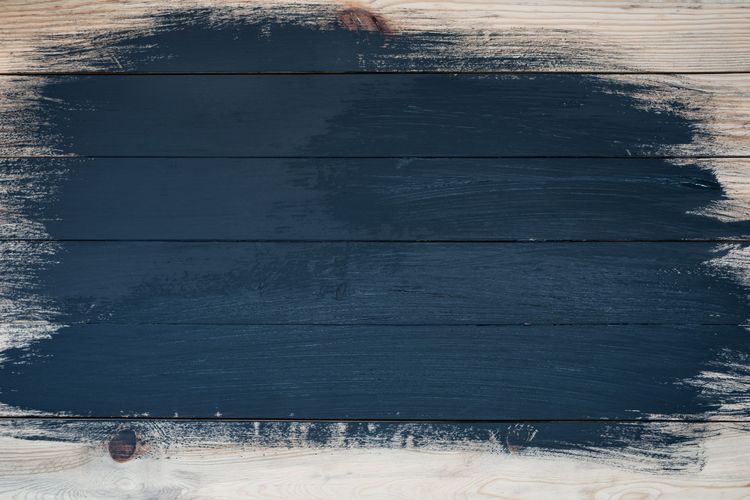How to join different materials on the floor

When renovating or finishing a room, it is often necessary to join different floor coverings. This can be a combination of laminate and tiles, parquet and carpet or other materials that differ in characteristics and texture. Proper jointing not only improves the appearance of the interior, but also extends the life of the coating, preventing wear and damage at the joints. In this article we will look at how to correctly and neatly join different materials on the floor, preserving the harmony of space and ensuring practicality.
How to join tile and wood flooring
Joining tiles and wood flooring is one of the most common solutions for zoning rooms, especially in kitchens and hallways, where you need to combine the practicality of tiles and the warmth of wood. These two materials have different properties: tiles are resistant to moisture and abrasion, and wood creates coziness and comfort. However, their proper connection requires a special approach to avoid problems in operation and provide an aesthetic look.

First of all, it is important to properly prepare the surfaces. Tile and wood flooring should be laid at the same level to avoid overlaps. If there is a difference in the height of the materials, it should be eliminated with the help of carpet pad or leveling the base. The transition between tile and wood is often made at the boundary of zones, for example, between the kitchen area and the living room, so the joint should be located in a place where it will be functional and visually justified.
There are various options for joining tile and wood flooring, depending on aesthetic preferences and technical conditions. One popular solution is the use of special thresholds or decorative profiles. These elements not only hide the joint, but also protect the edges of the materials from damage. Thresholds can be made of metal, plastic or wood, their choice depends on the overall style of the interior.
Another method of jointing is the use of flexible silicone sealant or cork expansion joints. Such materials are well suited for rooms where there may be temperature fluctuations or humidity, as they allow the materials to “breathe” and slightly expand without damage. Cork expansion joints are also environmentally friendly and provide a smooth, almost imperceptible transition between coverings.
An important point is to protect the wood at the joints with the tiles. It is important to protect the wood flooring from moisture and dirt, especially if the joint is located in high-traffic areas or near the front door. Proper treatment and use of protective products will prolong the life of the wooden floor and preserve its appearance.
Thus, the competent joining of tiles and wooden floor not only solves the problem of functional zoning, but also allows you to create a harmonious interior, where different materials are combined in a single space without visual and technical defects.
How to join different types of wood flooring
Joining different types of wood flooring, such as parquet, laminate, solid plank or engineered wood, requires special attention to detail in order to maintain the integrity of the interior and ensure the durability of the flooring. Although all of these materials are classified as wood, they can vary greatly in thickness, texture, and installation type. Competent connection of different wooden coverings will not only create a harmonious look, but also prevent problems in operation.
The first step in the joining process is to ensure that the floors are level. Different types of wood flooring can have different heights, which can lead to differences if proper steps are not taken. To level the materials, special underlayments for thinner coverings or additional layers of plywood can be used. It is also important to take into account the nature and direction of the laying of materials, as not always a rectilinear joint will look appropriate - sometimes it is worth choosing a diagonal or zigzag variant to avoid visual breaks.

One of the most popular ways of joining wooden floors is the use of decorative thresholds. These elements allow you to hide the place of connection of the two coverings, creating a smooth transition and protecting the edges of the materials from wear and tear. Thresholds can be made of wood or metal, they come in different widths and shapes, which allows you to match them to the style and color of the floor. The use of thresholds is especially important in places where the flooring is subjected to high loads, such as in doorways or at the junction between rooms.
If the goal is to create a joint that is as inconspicuous as possible, a cork expansion joint can be used. This material is ideal for joining wooden floors because it is flexible and can compensate for the natural expansion and contraction of wood due to changes in temperature and humidity. The cork expansion joint is easy to install and provides a neat, almost invisible joint between the flooring. It is also environmentally friendly and durable, making it an excellent choice for residential applications.
Another important aspect of joining different types of wood flooring is choosing the right finish. Whether you use thresholds or expansion joints, the joint must be protected from moisture and contaminants. This is especially true for wood flooring that is prone to absorbing moisture. In some cases, it is advisable to treat the joints with special water-repellent compounds or sealants to prevent deformation and deterioration of the wood.
Thus, the jointing of different types of wooden floors requires a thoughtful approach to each stage of the work: from the choice of the method of connection to the protection of the coating. A successful solution will preserve the visual unity of the interior and ensure the longevity of materials without compromising their performance.



